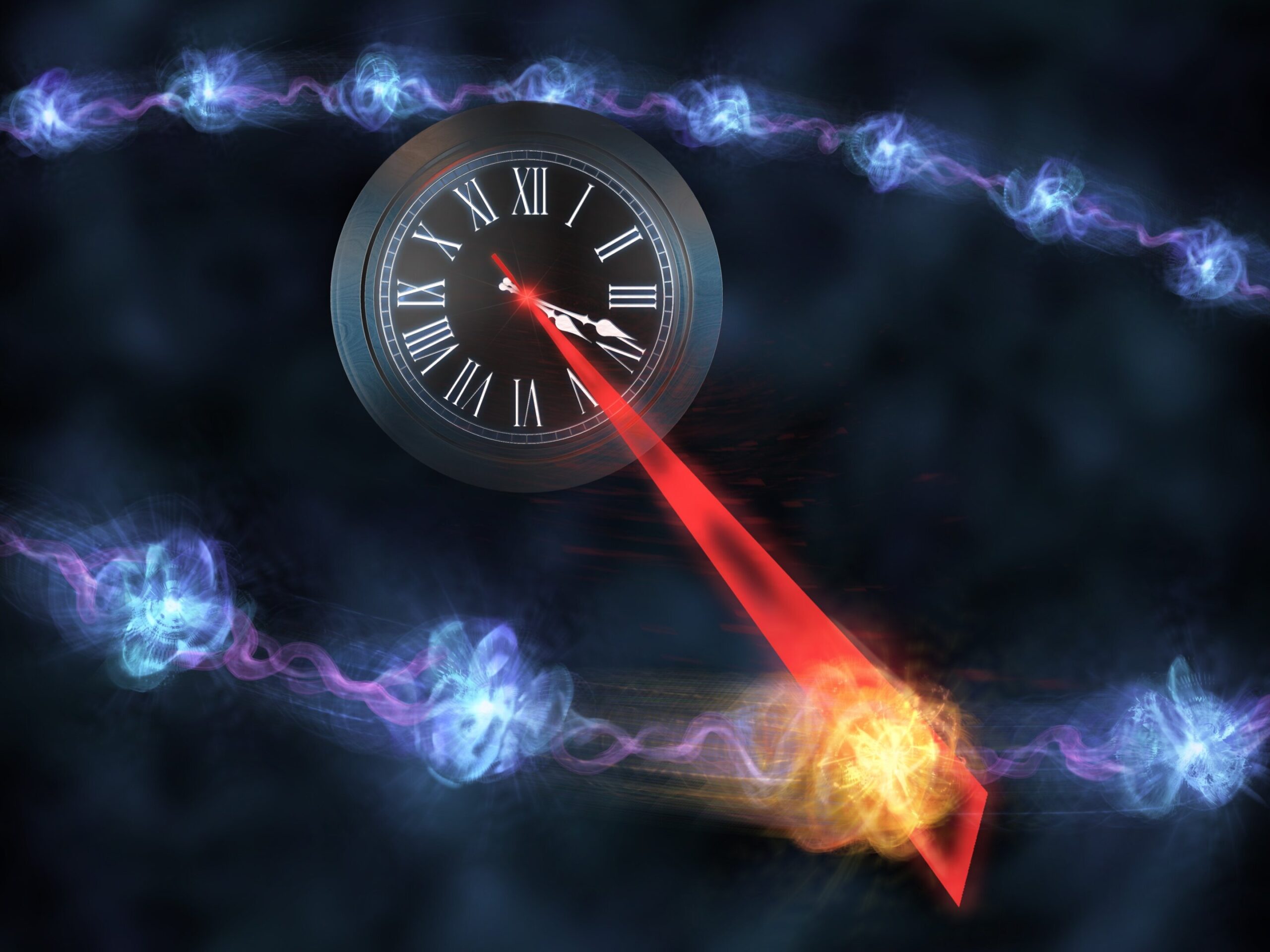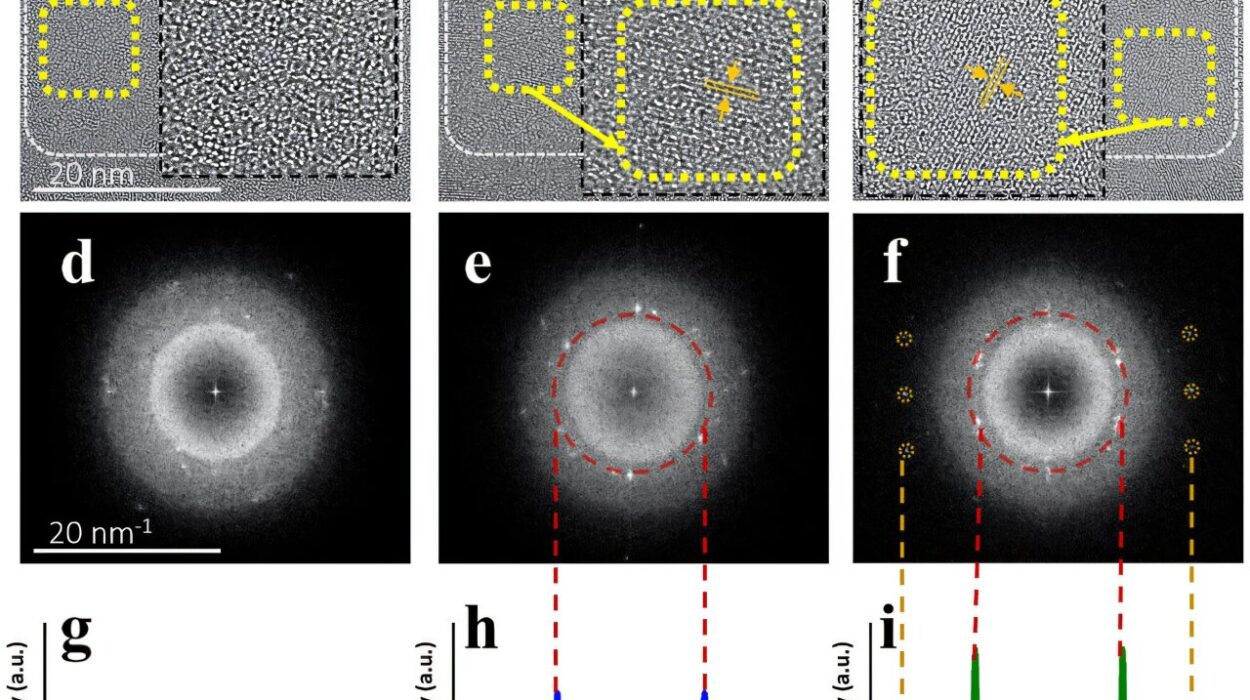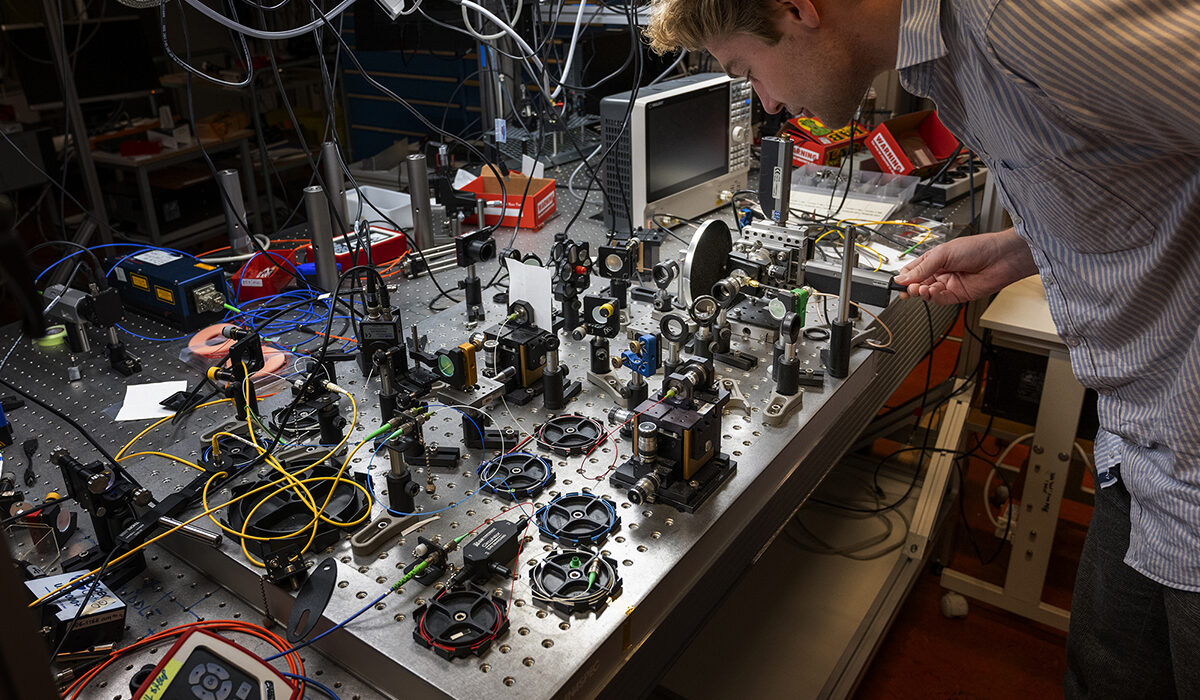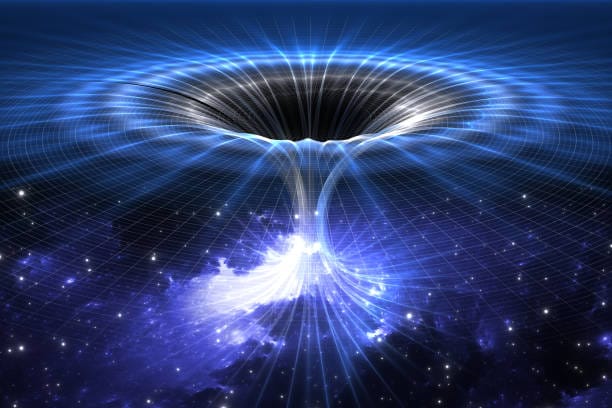When you glance at your wristwatch or check the time on your phone, you’re tapping into one of humanity’s most profound creations: the measurement of time. But behind even the most accurate atomic clocks, ticking away with extraordinary regularity, lies a hidden cost—one imposed by the very laws of quantum physics.
Until now, scientists believed that improving a clock’s precision came with a price: the more accurate the timekeeping, the more energy you had to burn. Double the precision, double the entropy. It was considered a fundamental rule. But a bold new study is turning that notion on its head.
In a breakthrough published in Nature Physics, an international team of researchers from TU Wien (Vienna University of Technology), Chalmers University of Technology in Sweden, and the University of Malta has demonstrated a radical new way to build clocks. By leveraging the bizarre properties of quantum particles, they’ve shown that it’s possible to boost a clock’s accuracy exponentially—without a proportional increase in energy.
“We’re essentially rewriting the rulebook,” said Prof. Marcus Huber, a quantum physicist at TU Wien. “It’s like discovering a new kind of engine that goes faster and farther using less fuel—not by breaking the laws of physics, but by playing smarter with them.”
Rethinking What a Clock Is
At its core, a clock is deceptively simple: it needs a regular rhythm—a pendulum swinging, a quartz crystal vibrating, an atom oscillating—and something to count the beats. This counting process is inherently irreversible. Once you’ve measured a tick, you can’t un-measure it. And every irreversible process, in the language of thermodynamics, generates entropy—a kind of cosmic disorder that reflects the energy cost of creating order.
As Florian Meier, a physicist at TU Wien and co-author of the study, explained, “Any clock that keeps time by marking off ticks and tocks must leave behind a trail of entropy in the universe. It’s part of the deal.”
That trail might be as small as heat from a moving pendulum or as subtle as the disturbance caused by reading an atom’s state with a laser. But over time, it adds up. For decades, researchers believed that this entropy set a hard ceiling: to make a clock ten times more precise, you had to invest ten times more energy. Like paying more for a sharper lens.
But what if you could change the rules of the game entirely?
Quantum Time: Faster, Cleaner, Stranger
The key insight from the new study is to think of time not as a single stream, but as two entwined flows—like the hands of a clock. One hand moves fast, the other slow. But only one of them, the slow hand, leaves a thermodynamic footprint. The fast one, thanks to the principles of quantum physics, can move almost invisibly.
Imagine grains of sand falling in an hourglass. Now imagine that instead of dropping one grain at a time, you could send a quantum grain that’s in every layer of the glass at once—a superposition of states. It’s only when you open the bottom and measure the grain that it ‘chooses’ a location. Until that final act, it remains ghost-like, unmeasured, and entropy-free.
“In our design, we let one process evolve quantum mechanically,” said Yuri Minoguchi, a researcher at TU Wien. “That process doesn’t generate entropy. Only when the slower process registers the result—when we actually measure the outcome—does entropy enter the picture.”
This setup allows the fast “quantum hand” of the clock to race ahead, marking time with increasing precision, while the slow “classical hand” merely logs its progress. The result? An exponential improvement in accuracy per unit of entropy created.
“It’s like your watch is ticking ten times faster without burning ten times more battery,” Minoguchi explained. “You still need to spend energy to know the final time, but you get far more accuracy out of each tick.”
Testing the Clock of Tomorrow
The idea sounds almost too good to be true—but it’s not just a theoretical curiosity. The researchers say their method could be implemented using superconducting circuits, a cutting-edge technology already being used in quantum computing.
“These systems are incredibly sensitive and controllable,” said Simone Gasparinetti, co-author of the study and leader of the experimental team at Chalmers University of Technology. “We believe this new quantum clock architecture could be demonstrated in practice within the next few years.”
Such clocks could have far-reaching applications—not just in keeping time, but in measuring magnetic fields, gravitational waves, or tiny shifts in space and matter. That’s because the same quantum weirdness that powers this clock can also boost the sensitivity of sensors in what’s called quantum metrology.
A Bridge Between Two Realms
More than just a technological advance, this work also sheds light on one of physics’ deepest mysteries: the relationship between quantum mechanics and thermodynamics. One is the rulebook of atoms and uncertainty; the other, of heat and the arrow of time.
“This result helps us connect those two worlds,” said Prof. Huber. “It shows that the randomness of quantum physics doesn’t always have to be a cost. Sometimes, it can be a resource.”
By cleverly sidestepping entropy through quantum pathways, scientists are discovering new ways to work with the fundamental randomness of the universe rather than against it.
In doing so, they’re not just making better clocks—they’re redefining how time itself might be understood.
Time, Energy, and the Future of Precision
While the average person may not notice the difference between a clock that gains a billionth of a second and one that gains a trillionth, the implications ripple far and wide. From GPS satellites to particle physics experiments, from secure communications to the timing of financial markets, precision is power.
And now, with this discovery, researchers are one step closer to unlocking precision with unprecedented efficiency.
“It’s still early days,” said Prof. Huber. “But this opens a door. And once you open that door, you start to wonder—what other limits are waiting to be broken?”
One thing is certain: as long as there are curious minds willing to play with the fabric of time itself, the future of measurement—and maybe even of reality—will continue to tick forward in wonderfully unexpected ways.
Reference: Florian Meier et al, Precision is not limited by the second law of thermodynamics, Nature Physics (2025). DOI: 10.1038/s41567-025-02929-2






